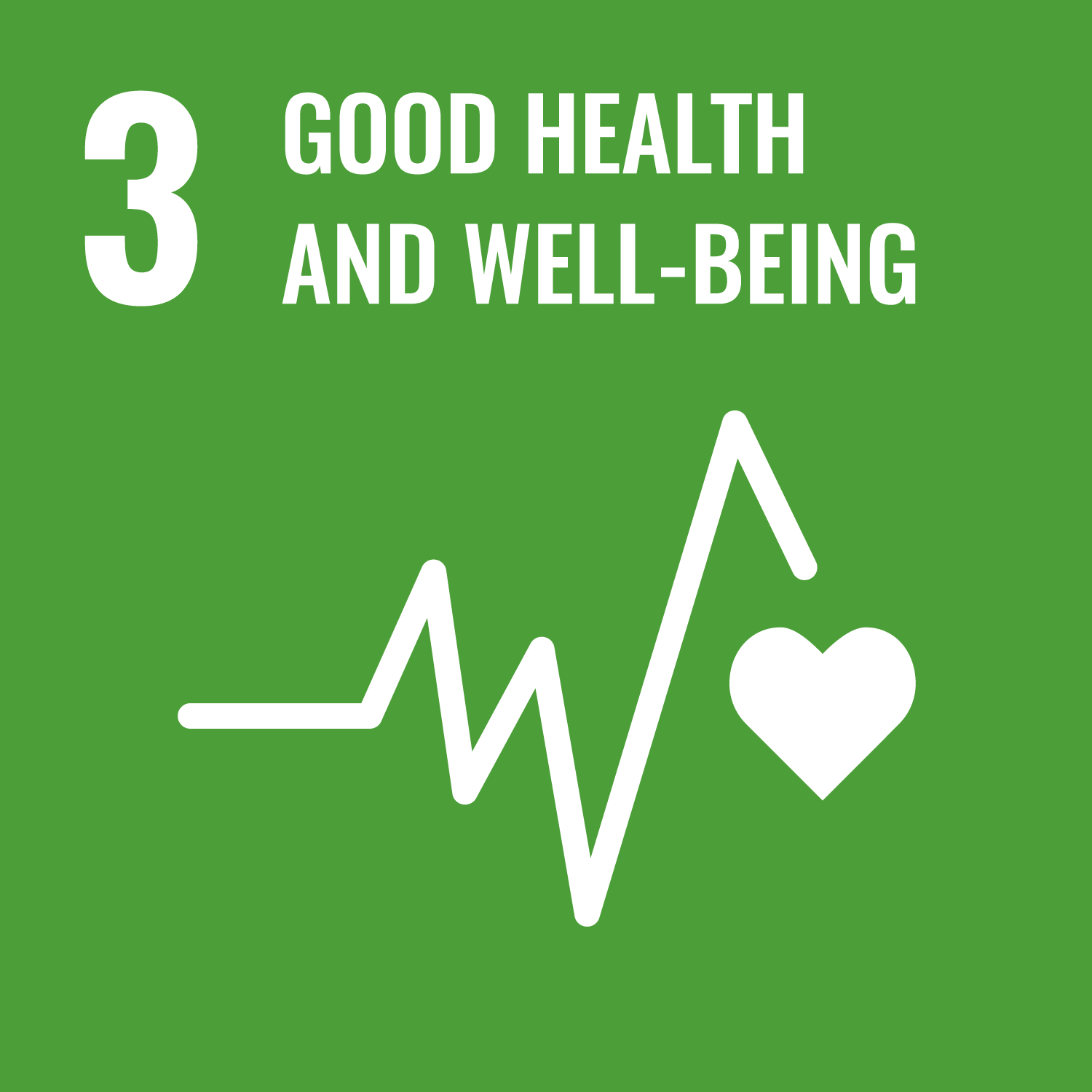Mafirakureva, N. orcid.org/0000-0001-9775-6581, Tchounga, B.K., Mukherjee, S. et al. (12 more authors) (2023) Cost-effectiveness of community-based household tuberculosis contact management for children in Cameroon and Uganda: a modelling analysis of a cluster-randomised trial. The Lancet Global Health, 11 (12). e1922-e1930. ISSN: 2214-109X
Abstract
Background: WHO recommends household contact management (HCM) including contact screening and tuberculosis-preventive treatment (TPT) for eligible children. The CONTACT trial found increased TPT initiation and completion rates when community health workers were used for HCM in Cameroon and Uganda.
Methods: We did a cost–utility analysis of the CONTACT trial using a health-system perspective to estimate the health impact, health-system costs, and cost-effectiveness of community-based versus facility-based HCM models of care. A decision-analytical modelling approach was used to evaluate the cost-effectiveness of the intervention compared with the standard of care using trial data on cascade of care, intervention effects, and resource use. Health outcomes were based on modelled progression to tuberculosis, mortality, and discounted disability-adjusted life-years (DALYs) averted. Health-care resource use, outcomes, costs (2021 US$), and cost-effectiveness are presented.
Findings: For every 1000 index patients diagnosed with tuberculosis, the intervention increased the number of TPT courses by 1110 (95% uncertainty interval 894 to 1227) in Cameroon and by 1078 (796 to 1220) in Uganda compared with the control model. The intervention prevented 15 (–3 to 49) tuberculosis deaths in Cameroon and 10 (–20 to 33) in Uganda. The incremental cost-effectiveness ratio was $620 per DALY averted in Cameroon and $970 per DALY averted in Uganda.
Interpretation: Community-based HCM approaches can substantially reduce child tuberculosis deaths and in our case would be considered cost-effective at willingness-to-pay thresholds of $1000 per DALY averted. Their impact and cost-effectiveness are likely to be greatest where baseline HCM coverage is lowest.
Funding: Unitaid and UK Medical Research Council.
Metadata
| Item Type: | Article |
|---|---|
| Authors/Creators: |
|
| Copyright, Publisher and Additional Information: | © 2023 The Author(s). This is an Open Access article under the CC BY 4.0 license - http://creativecommons.org/licenses/by/4.0/ |
| Keywords: | Humans; Child; Cost-Benefit Analysis; Uganda; Cameroon; Tuberculosis; Family Characteristics |
| Dates: |
|
| Institution: | The University of Sheffield |
| Academic Units: | The University of Sheffield > Faculty of Medicine, Dentistry and Health (Sheffield) > School of Medicine and Population Health |
| Funding Information: | Funder Grant number MEDICAL RESEARCH COUNCIL MR/P022081/1 |
| Date Deposited: | 17 Oct 2025 08:58 |
| Last Modified: | 17 Oct 2025 08:59 |
| Status: | Published |
| Publisher: | Elsevier BV |
| Refereed: | Yes |
| Identification Number: | 10.1016/s2214-109x(23)00451-5 |
| Related URLs: | |
| Sustainable Development Goals: | |
| Open Archives Initiative ID (OAI ID): | oai:eprints.whiterose.ac.uk:233073 |


 CORE (COnnecting REpositories)
CORE (COnnecting REpositories) CORE (COnnecting REpositories)
CORE (COnnecting REpositories)